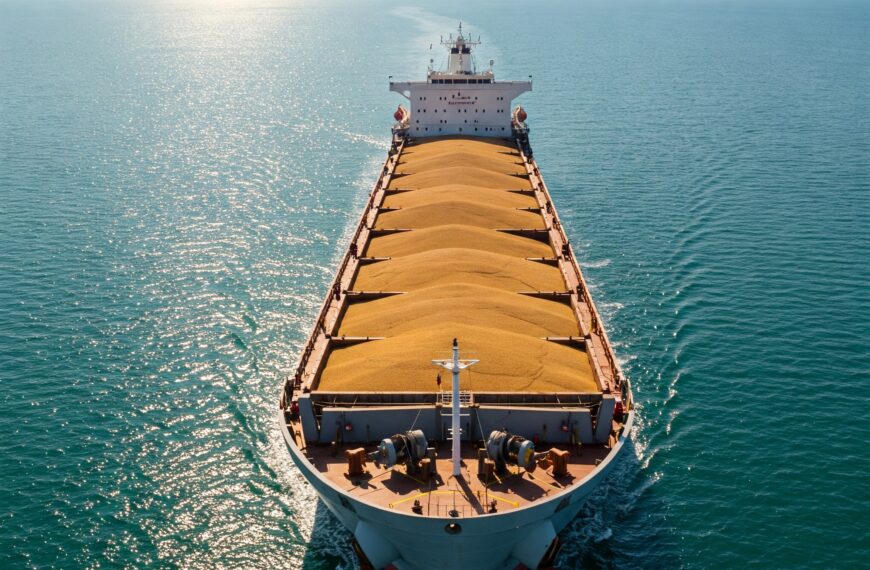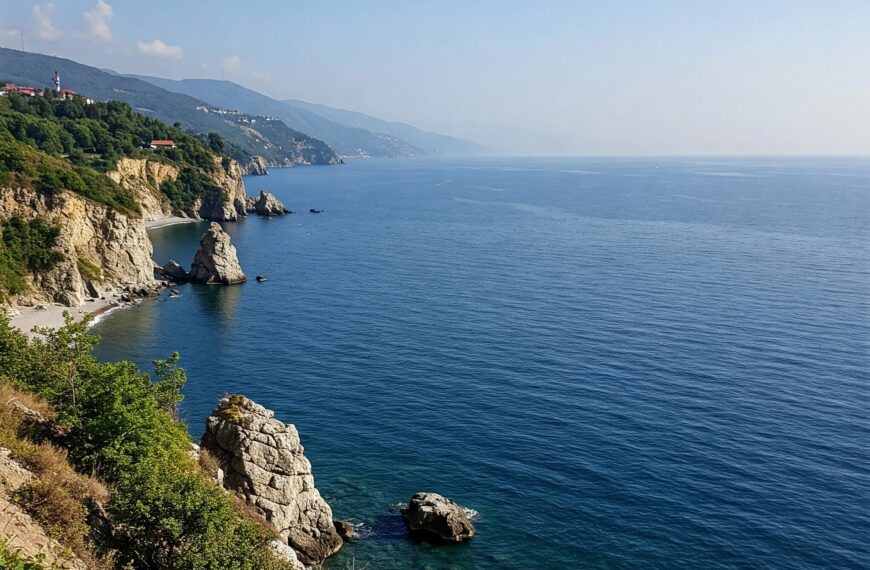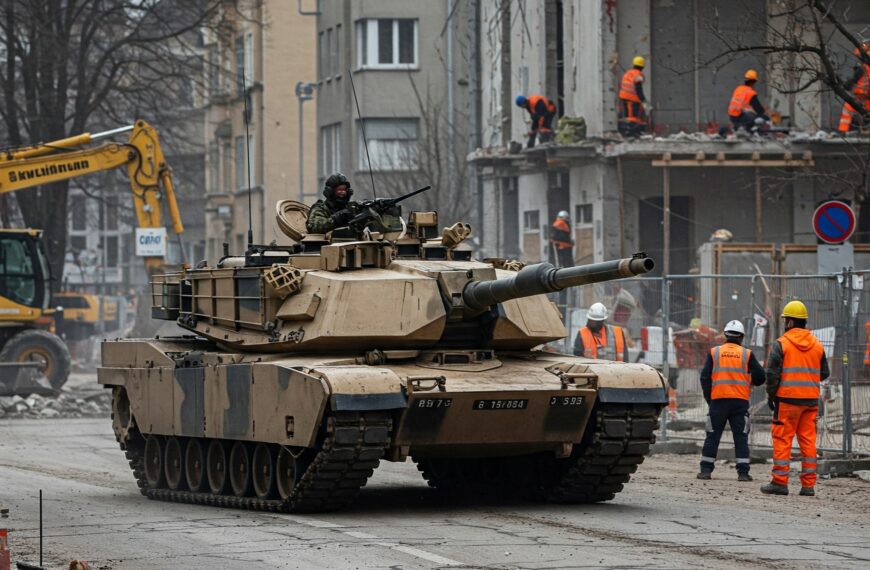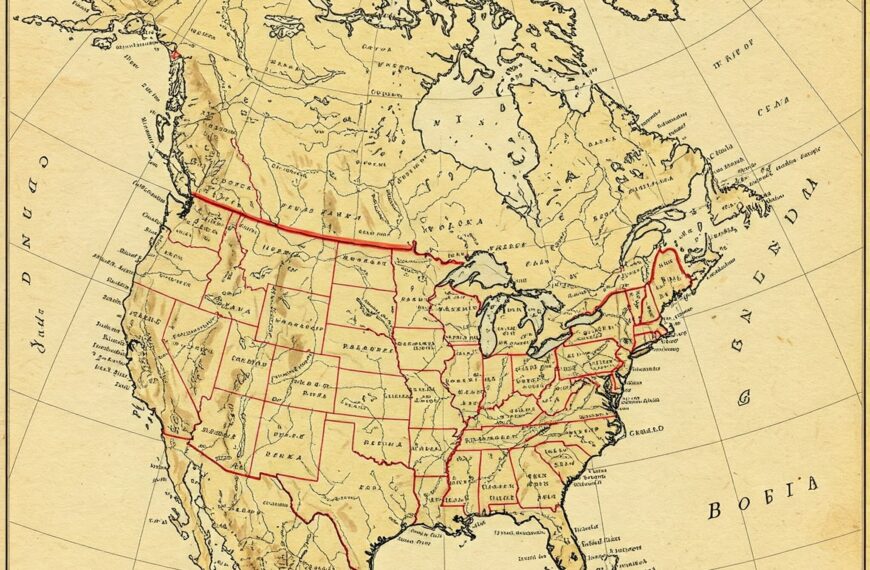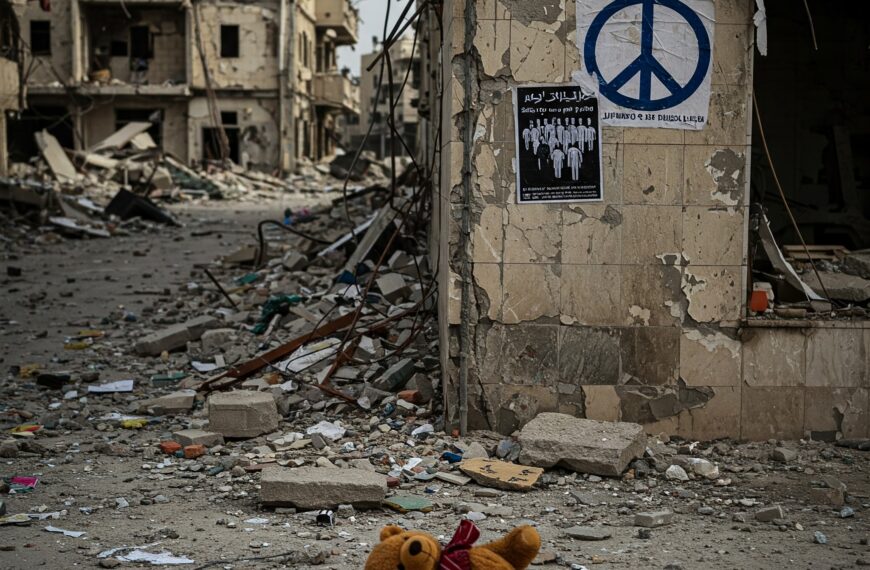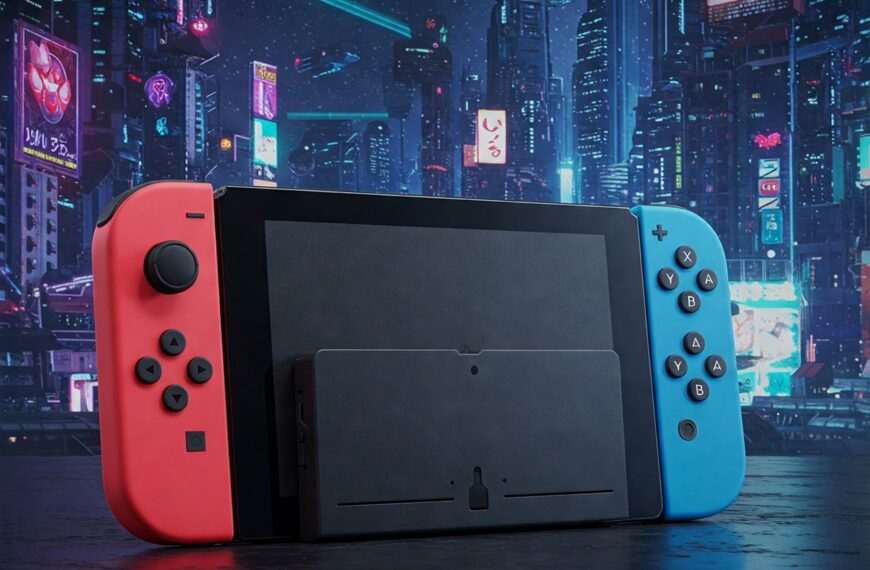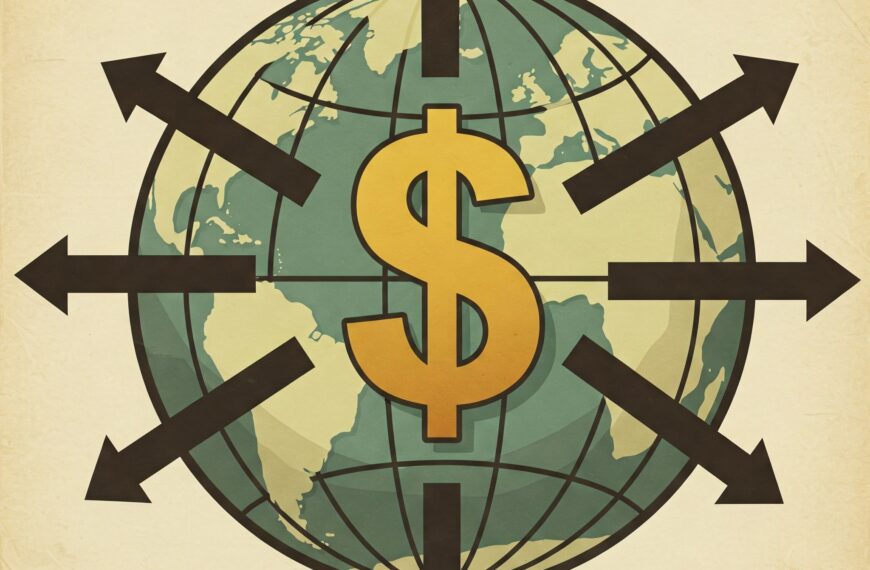Introduction
In a significant diplomatic development, U.S. President Donald Trump and Russian President Vladimir Putin recently engaged in a phone conversation regarding the ongoing conflict in Ukraine. The call led to discussions on a 30-day partial ceasefire, specifically aimed at halting attacks on Ukraine’s energy infrastructure. However, while this initiative appears to be a step toward peace, the conditions set forth by Russia and the skepticism from Ukraine and its allies suggest a more complex geopolitical landscape.
Key Highlights from the Trump-Putin Call
| Topic | Details |
|---|---|
| Ceasefire Agreement | Putin proposed a 30-day halt on strikes targeting Ukraine’s energy infrastructure. |
| Prisoner Exchange | Both nations agreed on a swap involving 175 prisoners of war. |
| Russian Conditions | Russia demands Ukraine cease mobilization and military aid from NATO and Western allies. |
| Ukrainian Response | President Zelensky rejected Russia’s terms, stating they resemble ultimatums. |
| International Response | Leaders from 90 countries convened in Switzerland to explore solutions, excluding Russia from the summit. |
Russia’s Strategic Demands
Putin’s conditions for a broader ceasefire include:
- Ukraine must halt all military mobilization.
- Western nations must stop supplying weapons to Ukraine.
- Ukraine must withdraw from Russian-occupied territories (Donetsk, Luhansk, Kherson, Zaporizhzhia).
- Ukraine must formally abandon its NATO aspirations.
From a geopolitical standpoint, these conditions serve to solidify Russia’s hold on the annexed regions while limiting Ukraine’s military capabilities. Western leaders have voiced strong opposition, arguing that accepting these terms would embolden Russia’s aggressive tactics.
Global Response and NATO’s Role
The Trump-Putin call has intensified discussions among NATO members and EU leaders, who are wary of any agreement that could undermine Ukraine’s sovereignty. The Munich Security Conference earlier this year highlighted growing concerns over Europe’s ability to defend itself amid shifting U.S. foreign policy priorities.
NATO Military Aid to Ukraine (2023-2024)
| Country | Military Aid (USD) |
|---|---|
| United States | $47.1 billion |
| United Kingdom | $6.6 billion |
| Germany | $5.4 billion |
| Canada | $2.4 billion |
| Netherlands | $1.8 billion |
(Source: NATO Reports, 2024)
This ongoing support suggests that a complete halt in military aid, as requested by Russia, is highly unlikely.
Diplomatic Talks in Switzerland
A high-level summit in Switzerland, attended by representatives from 90 countries, aims to discuss a sustainable resolution to the Ukraine conflict. Notably, Russia was excluded from this meeting, signaling continued diplomatic isolation for Moscow. Western officials remain firm that any peace deal must include Ukraine’s territorial integrity and security guarantees.
Conclusion
The Trump-Putin phone call marks a critical juncture in the Ukraine conflict. While a temporary ceasefire could offer humanitarian relief, Russia’s demands and the West’s commitment to supporting Ukraine make a long-term peace agreement difficult. The international community must now balance diplomatic negotiations with military deterrence to prevent further escalation.

